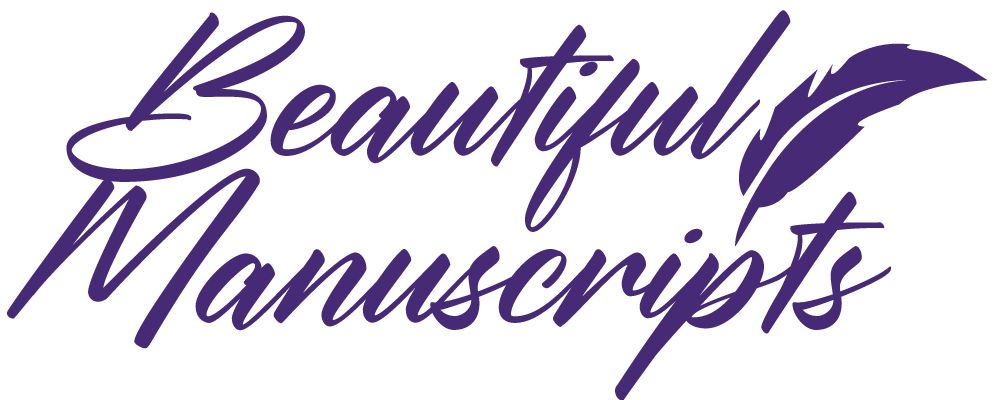Frequently Asked Questions

Are these manuscripts real ancient manuscripts?
No. The ancient manuscripts are owned and displayed by museums and libraries around the world. Out goal is not to provide the actual manuscripts from the early Christian era, but rather to allow Bible lovers to see what these manuscripts look like.
Our modern Bibles and even our modern Greek and Hebrew texts are beautifully and cleanly typeset to make reading and understanding easy. However, scholars have used great skill to study the ancient manuscripts and clean them up and present them in a way that modern readers can easily assimilate.
Why does the Greek look so very different than it does in my Greek book?
Modern Greek manuscripts are the result of a great deal of scholarly work. Scholars have studies thousands of ancient manuscripts and fragments of manuscripts to try to determine what the original text was. From this it has been cleaned up and typeset in modern letters to make it easy to read.
The earliest manuscripts were written in a style of writing called uncials. You can think of this as roughly corresponding to “upper case letters” and you will see that many of the letters written in the manuscripts are very similar to modern printed upper case forms. However, some do not. For example the Greek letter omega is written as Ω as a capital but in most ancient manuscripts it more closely resembles the lower case ω. This is true for a number of other letters.
Modern lower case Greek letters (called minuscules) did not make an appearance until several hundred years after the manuscripts you will see on our website and store.
Why are there no spaces between the words?
It is also noteworthy that most ancient manuscripts have no spaces between the words and very little if any punctuation. In our web pages on specific manuscripts we have laid out a transcription/interlinear to make it a bit easier to see how the ancient writing corresponds to the modern lettering. The study of how writing is done is called orthography, and we should not make the mistake of projecting our expectations in orthography back onto scribes who lived nearly two millennia before us, and who created their manuscripts with very different technologies than is used in a modern paper book.
How are your manuscripts made?
We are not ancient scribes and do not have the same environment as they do. However, as much as we can we try to use similar tools and techniques that they did. For example, many of our manuscripts are created on papyrus, which is an ancient type of paper made out of the interwoven fibers of papyrus plant (Cyperus papyrus) This is an ancient technology originating in Egypt, and the papyrus we use for our manuscripts is also made in Egypt, though it is not ancient.
Before papyrus one of the main types of durable paper (besides things like clay tablets) was vellum or parchment. these are effectively a type of leather, tanned animal hides. Vellum is a type of parchment made from younger animal skins. Because of its source it was quite expensive and was a major contributing factor to the very high costs of books in the ancient world. Vellum is often made into scrolls however papyrus and sometimes parchment are made into codexes, which are the earliest precursors of books, bound down the left edge.
Although vellum and parchment are forms of leather they are often very thin. Parchment in particular ls extremely thin almost translucent, much like modern tracing paper.
In our work we use Egyptian papyrus, and for some manuscripts we use goat vellum, but for parchment we use a wood fiber equivalent that looks and have most of the properties of parchment.
